India has for far too long been enamoured by Basmati. But local rice varieties are now saying apna time aa gaya.
Storehouse of vitamin
Unpolished Indrayani rice is blessed with Vitamin B1 or Thiamine which is essential for energy production and is an effective mood stabiliser. Research has also shown that Thiamine helps regulate blood sugar levels. Not only does all this make this variety a nutritious powerhouse, rice is also gentle on the digestive system and helps with bowel movement. It’s one of the reasons why children are fed rice kanji when little. Because unpolished indrayani rice hasn’t lost its core nutrients unlike polished refined rice, you know you aren’t dumping empty calories into your system.
Versatile in the kitchen
Fragrant and sticky, Indrayani rice lends itself to a variety of dishes rooted in multiple culinary traditions. The simplest use would be in a warm plate of khichdi. Add your favourite spices and vegetables of choice, and you have a quick and easy masala khichdi ready. Indrayani’s lumpy texture also makes it a good option if you want to rustle up a bowl of rich kheer (use coconut milk instead of plain milk for a unique flavour, and replace sugar with liquid jaggery or kaakvi). If you like your dahi bhaat (or what Tamilians call thayir sadam or curd rice) on a hot summer day, mushy Indrayani rice will morph itself effortlessly to the recipe.
Millennial of Indian rice varieties
Indrayani is a fairly young variety of local Indian rice compared to some veterans that have been part of the ancient diet of this country. Call it the millennial of native Indian rice. But it has quickly become a favourite with those who’ve learnt the values of consuming indigenous foods. It celebrates its birthday in 1987 when it was born from another fragrant local variety, Ambemohar, which grows in the Sahyadri foothills of the western ghats. Although deliciously fragrant, Ambemohar’s low yield, short grain and susceptibility to disease led researchers to imagine a hybrid-the medium grain, aromatic Indrayani, which is grown in Maval region of Pune district and parts or Nasik.
Good for you and the environment
India is one of the largest consumers and producers of rice in the world. Mechanised, modern methods of cultivation have led to the rise of monoculture in paddy cultivation. Local varieties have over the decades been lost, often replaced with economically viable ones that produce high yield. But local varieties of rice are often better performers against the following markers: pest resistant, having medicinal and nutritional properties, better tolerance to salinity. India has over time realised the advantage of maintaining plant biodiversity in agriculture, and it’s usually the marginal farmers who are known to protect and nurture local varieties.
The GI (geographical indication) tag is an effort to protect the farmers’ ownership over a particular commodity, and celebrate its uniqueness by documenting the traditional methods of its production. Indrayani, an aromatic rice variety, which is not grown beyond its geographical area of origin, is a perfect contender. In 2016, the rice mills of Ghoti in Igaptpuri tehsil of Nasik district in Maharashtra, demanded that a special GI status be applied to Indrayani too.
Back in fashion. Thank god
Researchers point to the obsession of the rich and royals with long grain rice as reason for the gradual neglect and disappearance of nutritious local species. Urbanisation fed the aspiration of consuming mainstream white, polished rice. And the Green Revolution of the 1960s was partial to high yield varieties that could feed a growing population. While local rice had through evolution over hundreds of years made itself adaptable to native conditions, new-age varieties needed more water and excess fertilisers to sustain, affecting soil quality. That rice was now preferred polished meant that it earned a bad name as a simple carbohydrate. A society that had stripped this nutritious cereal of its bran and endosperm during polishing was now ironically branding it ‘devoid of fibre and nutrition’.
For the last few years, thanks to the effort of some nutritionists, chefs, researchers and farmers collectives, the focus is back on native rice varieties, with both demand and cultivation seeing an encouraging uptick.
Author: Saazgaar Kalbhor


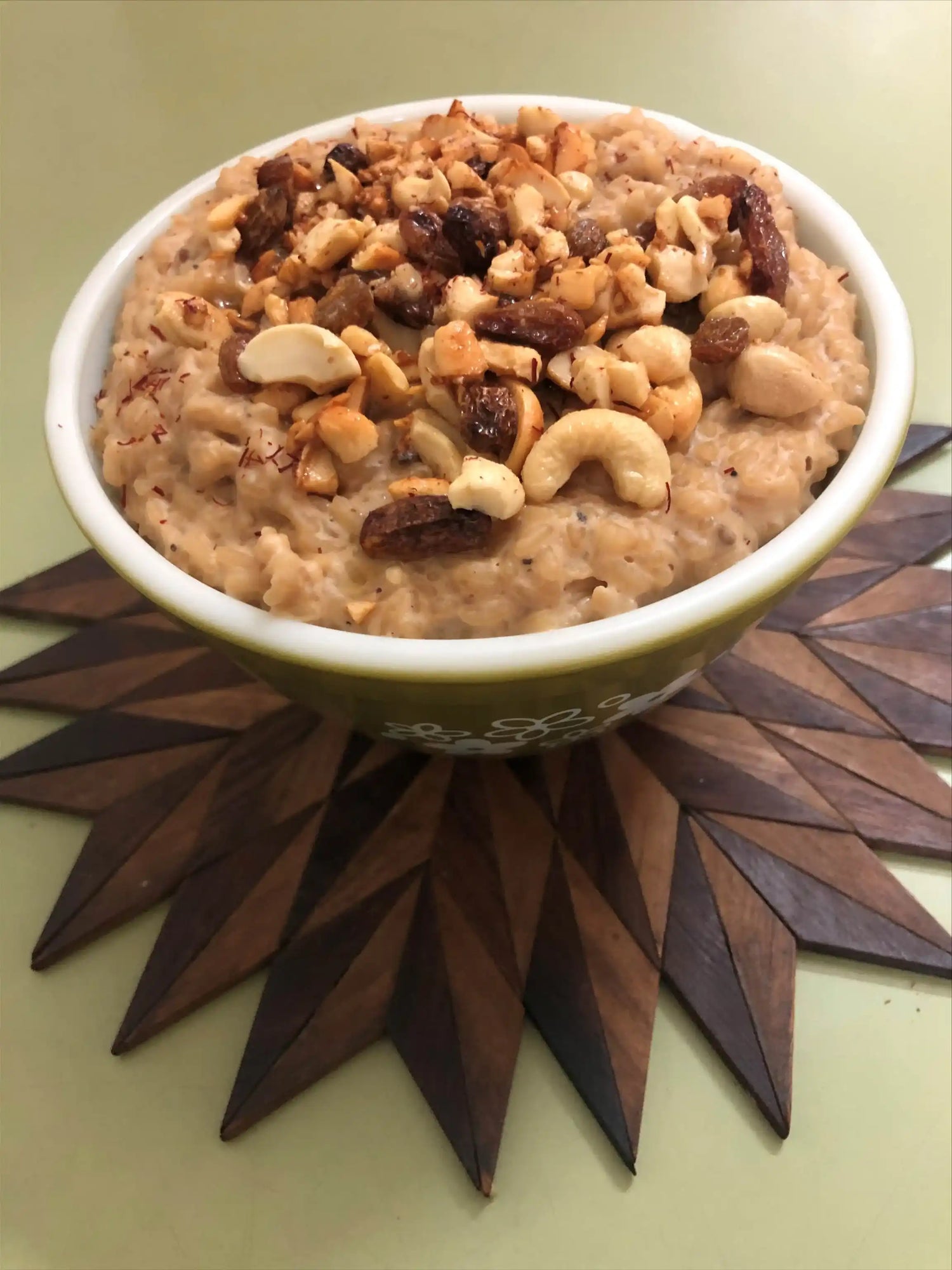

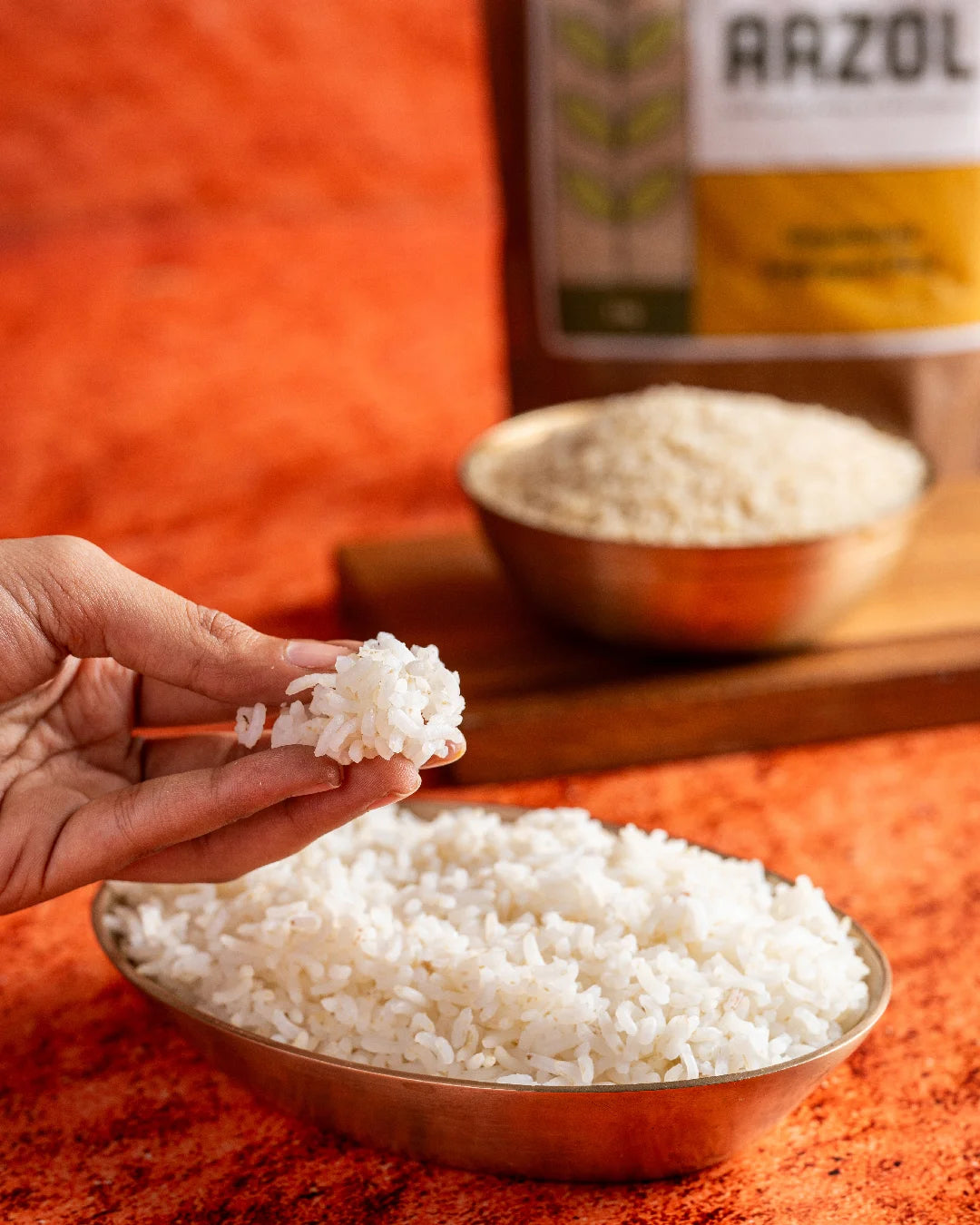


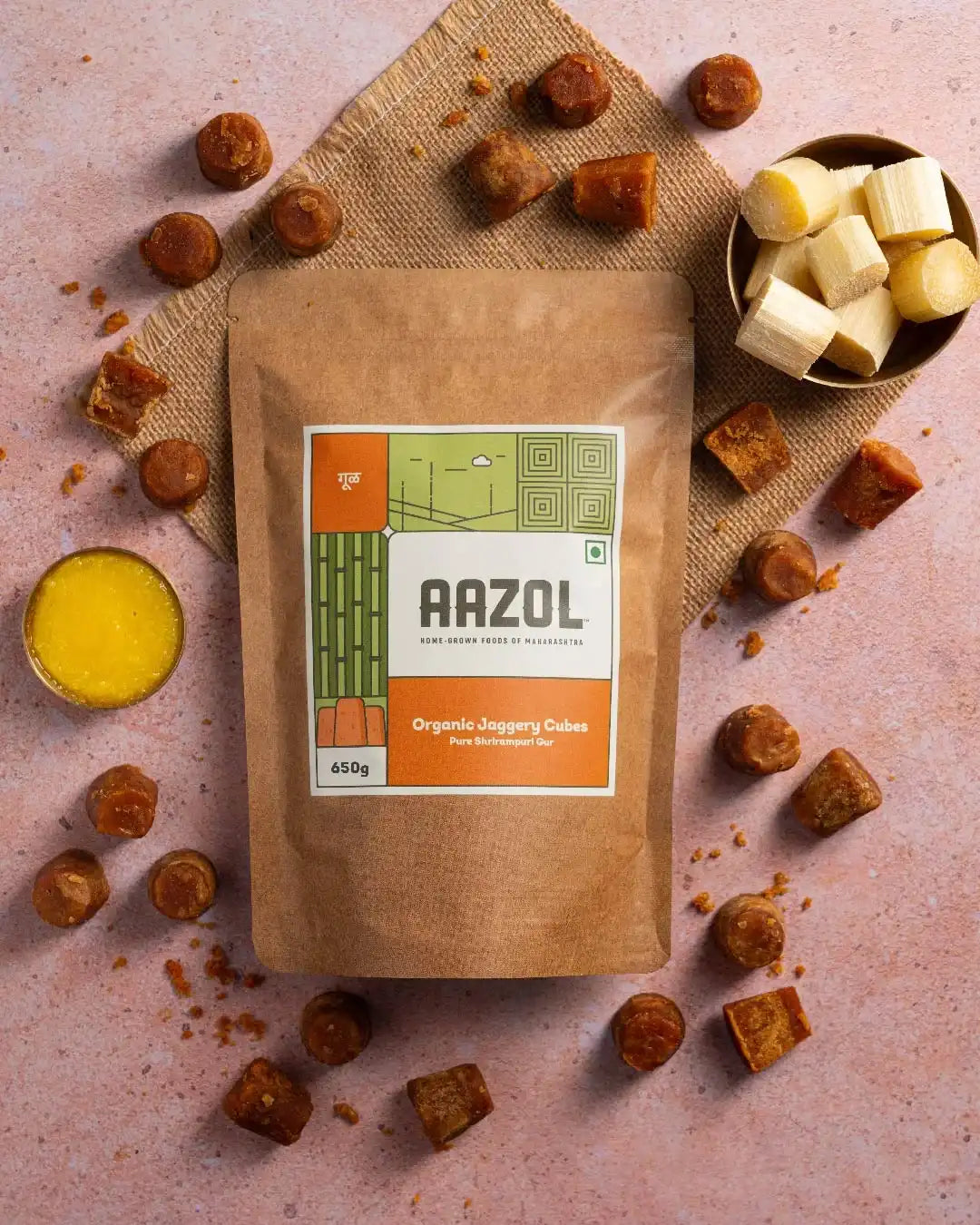
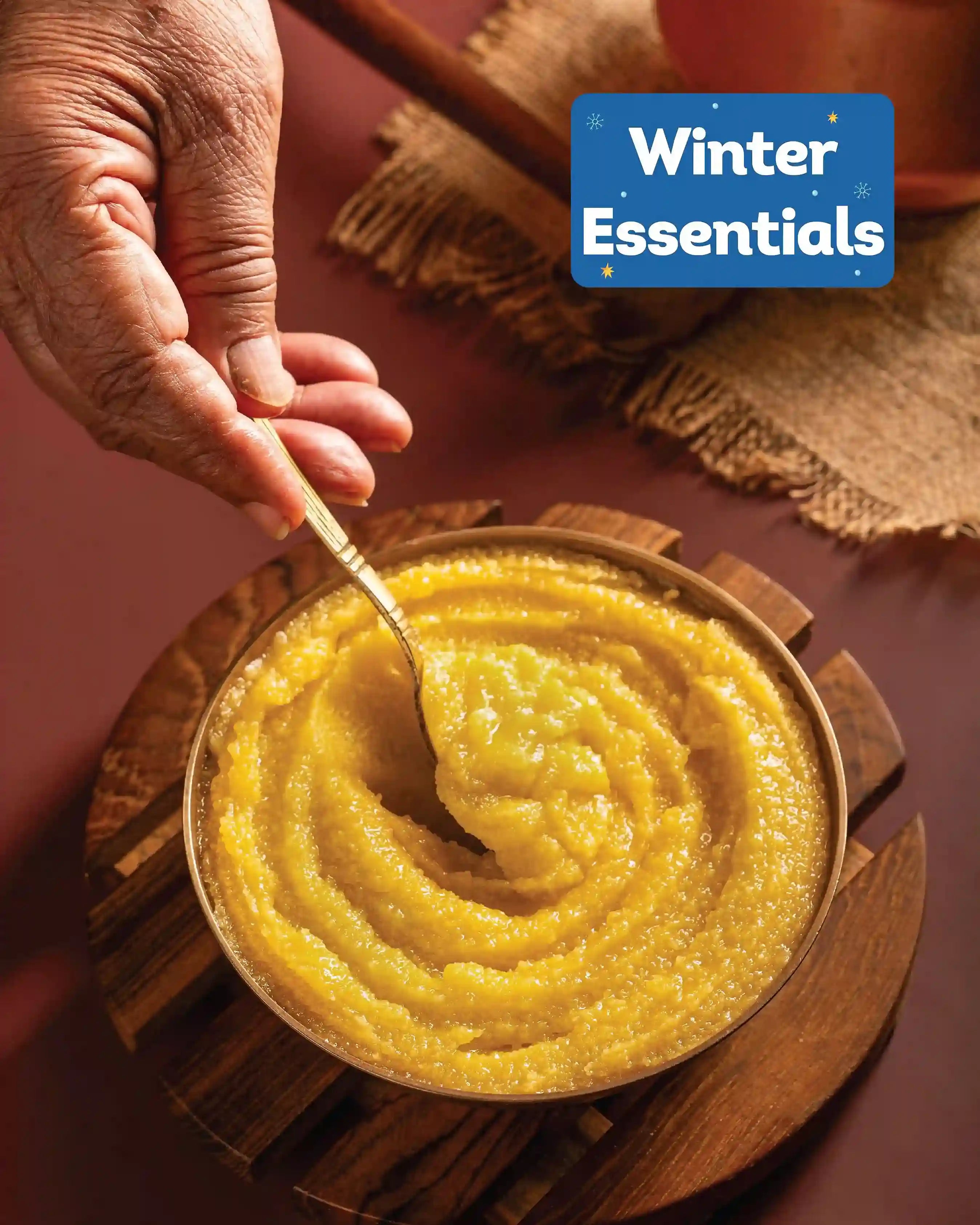
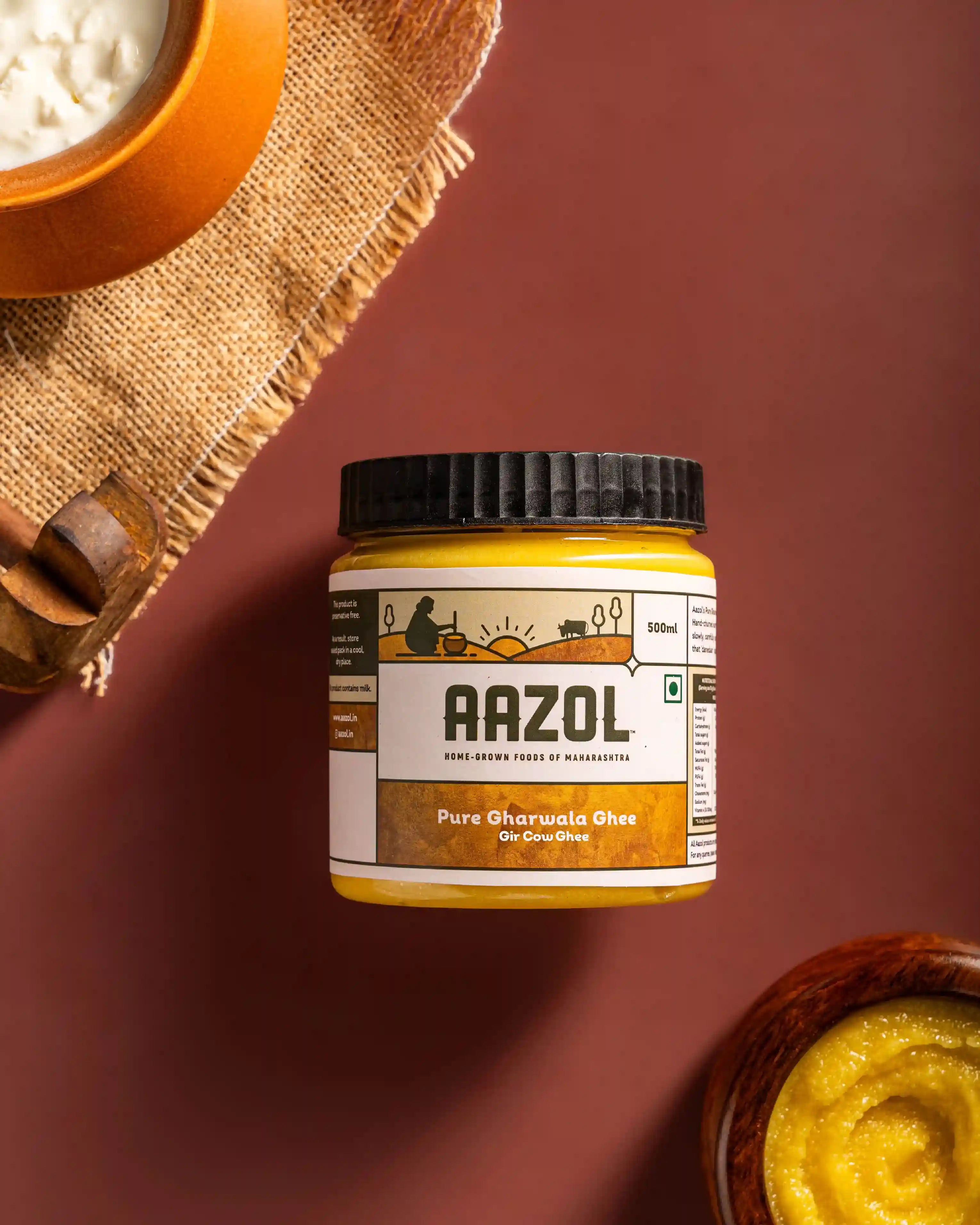
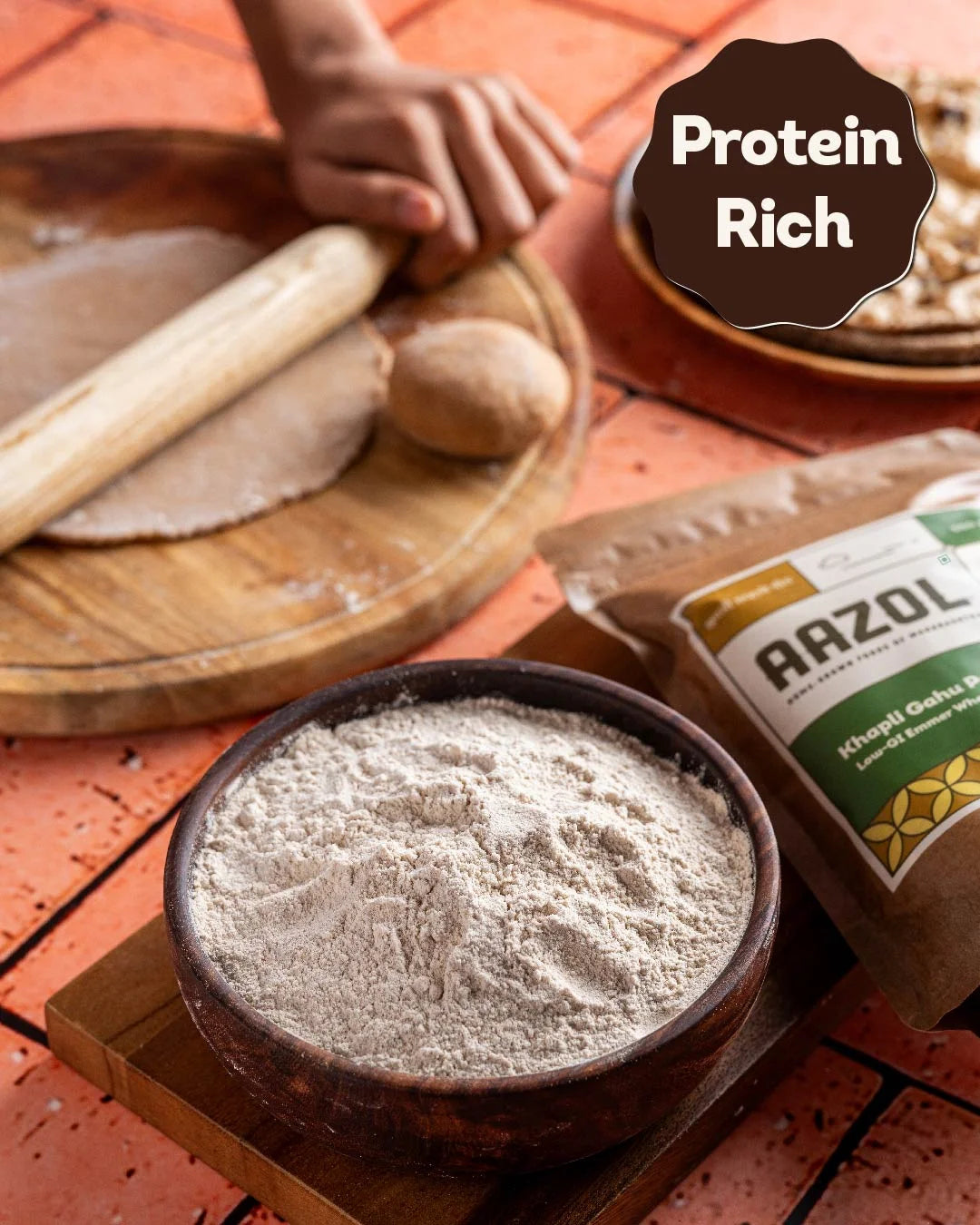
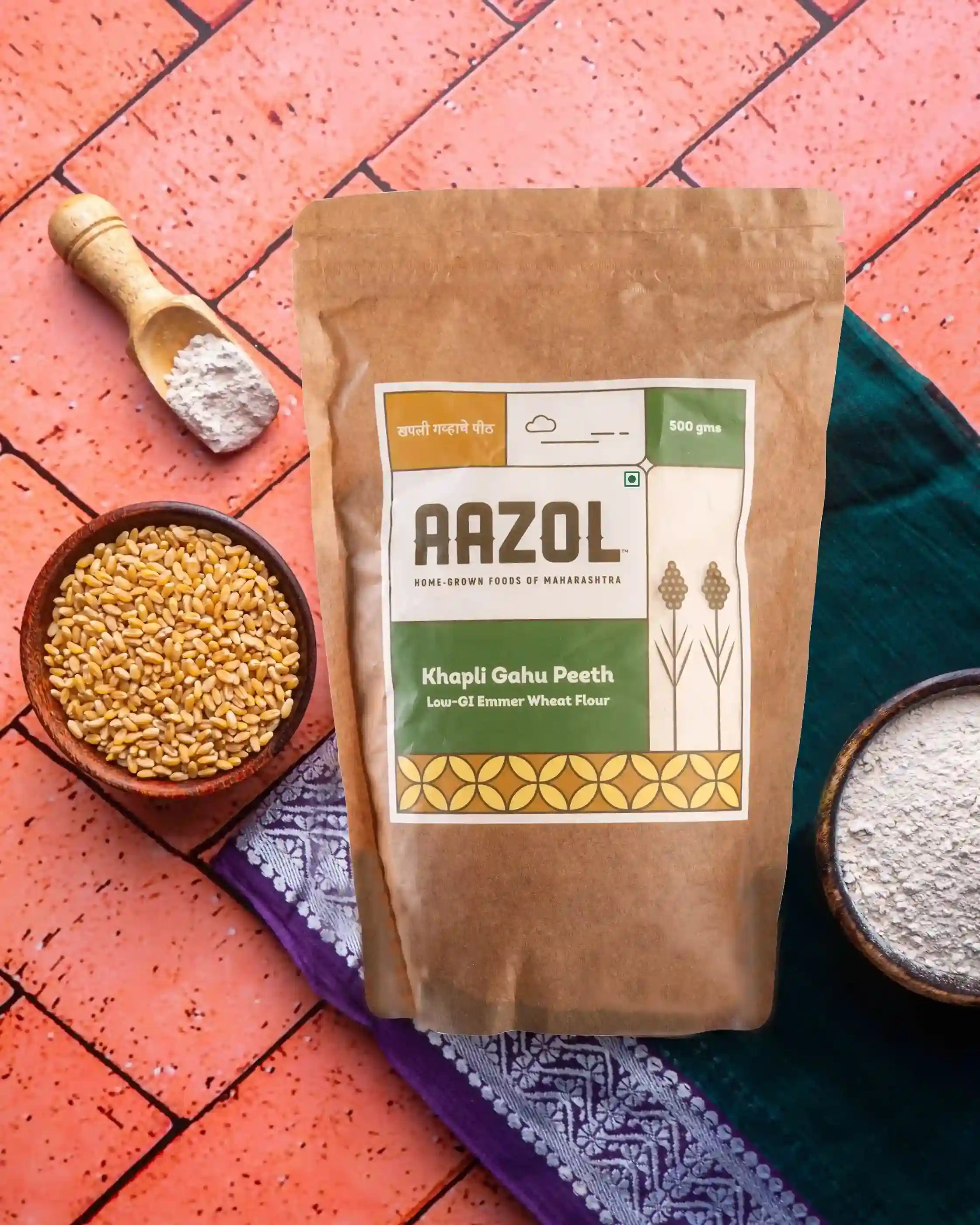
Comments (0)
Your comment may be featured to help others on a similar journey